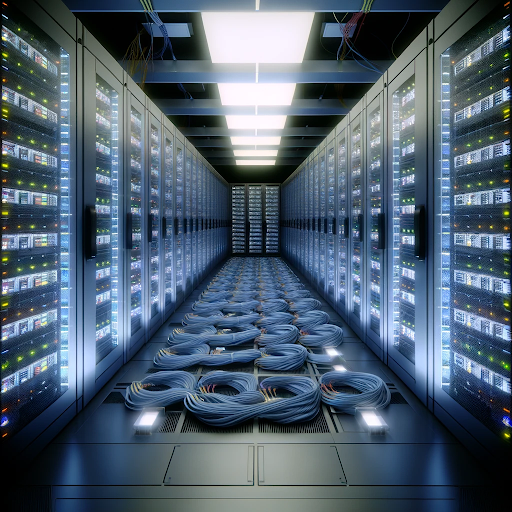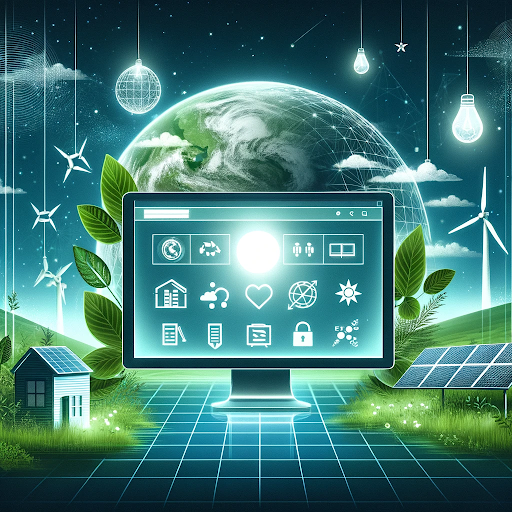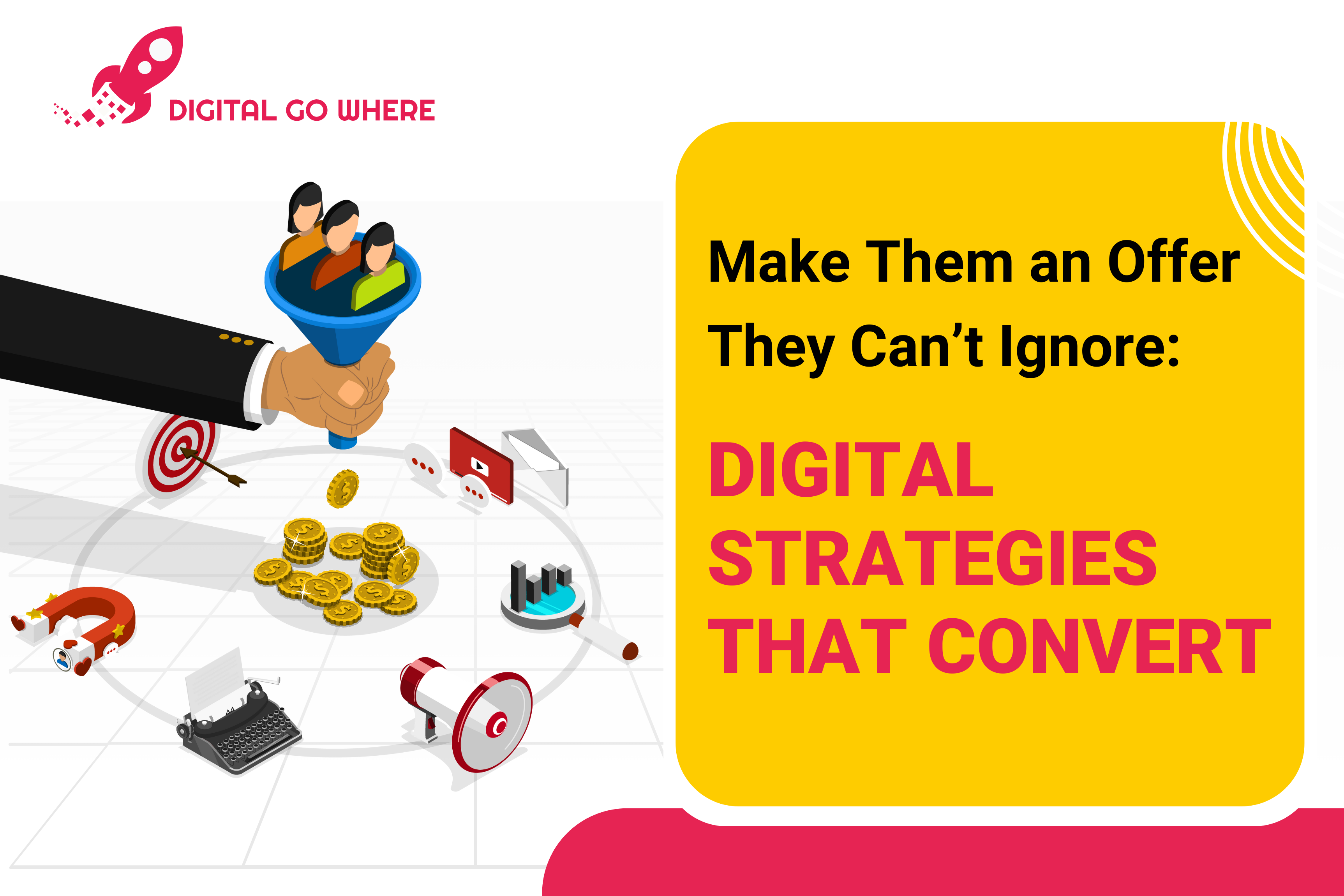Our ever-expanding digital lives come with an invisible cost: Carbon Emissions. From streaming your favorite Bollywood film to sending endless emails, every click leaves a carbon footprint on the planet. But don’t fret, eco-conscious citizens! These easy tips can help you minimize your digital impact and join the movement towards a greener internet.
Table of Contents
Understanding Your Digital Carbon Footprint
Think of it as the hidden smoke escaping your phone with every Google search or Netflix binge. Data centers, networks, and our beloved gadgets all guzzle energy, often from fossil fuels. This contributes to carbon emissions and climate change, making responsible online habits crucial for digital sustainability.

Where Do Digital Carbon Emissions Come From?
The main contributors to digital carbon emissions include:
1. Data centers – Massive server farms storing your data, essential for cloud computing, are thirsty for power, often sourced from carbon-intensive fossil fuels. Imagine rows of servers humming away, hungry for electricity.

2. Network infrastructures – The intricate web of cables under cities and oceans, carrying our data back and forth, also contributes to digital energy consumption. Picture an energy-consuming maze transporting every click and scroll.
3. Gadgets we use daily – Our laptops, phones, and smart TVs are energy hogs, even when they’re asleep. Think of them as snoring dragons, consuming power even in standby mode.
For instance, data centers, which store and process our immense digital data, are energy-intensive facilities. Similarly, our frequent online activities, such as browsing, streaming, and cloud storage, also add to our carbon footprint.
How Can We Reduce Our Digital Carbon Footprint?
Reducing our digital carbon footprint involves several practical steps:
Optimize Email Use
Every email sent or received contributes to carbon emissions due to the energy used by servers to process them.
Tips for Optimization:
- Drown the spam! Every unnecessary email adds to your footprint. Unsubscribe from those you never read and watch your inbox (and carbon footprint) shrink.
- Keep emails concise and avoid “Reply All” unless crucial.
- For quick messages, consider instant messaging or group chats to reduce email traffic and server load.
Environmental Impact:
- Reducing email traffic can significantly lower the energy demand on servers.

Efficient Cloud Storage
Cloud storage, while convenient, requires energy to maintain data centers where the information is stored.
Tips for Efficiency:
- Regularly audit and delete old files you don’t need. Less data stored means less energy used.
- Use local storage for less critical or frequently accessed files.
- Choose cloud storage providers committed to renewable energy sources. Your data will be safe, and the planet will breathe easier.
Environmental Impact:
- Efficient cloud storage management can reduce the demand for extensive data center resources.
Energy-Efficient Devices
The manufacturing, operation and disposal of digital devices contribute to carbon emissions.
Choosing Energy-Efficient Devices:
- Look for the energy star rating when buying new gadgets. Every star counts!
- Maintain and repair devices to extend their lifespan.
- Responsibly recycle or repurpose old devices.
- Put your devices to sleep or in power-saving mode when not in use.
Environmental Impact:
- Opting for energy-efficient devices reduces the overall digital energy consumption and carbon footprint of our digital activities.
Sustainable Web Design

The design of a website can impact its energy consumption due to varying data and processing requirements.
Implementing Sustainable Design:
- Optimize images on your website and social media for faster loading and lower data usage. Use tools like TinyPNG or JPEGmini to compress images without sacrificing quality. Choose AVIF or AVIF + PNG image styling.
- Choose efficient coding practices to minimize your website’s energy consumption.
- Host websites on green servers that use renewable energy. Some green hosting providers are GreenGeeks, HostGato and DreamHost.
Environmental Impact:
- Websites optimized for energy efficiency consume less power, reducing the environmental impact of our digital presence.
Read more – 5 Ways To Make Your Website Energy Efficient
Mindful Streaming
Streaming, especially in high definition, consumes significant amounts of energy.
Being Mindful While Streaming:
- Lower video resolution for most viewing. You might not notice the difference, but your carbon footprint will!
- Avoid streaming in the background when you’re not actively watching. It’s like leaving the TV on in an empty room – wasteful for the planet and your wallet.
- Limit your use of streaming services during peak hours to reduce the load on data centers.
Environmental Impact:
- Mindful streaming habits can substantially cut down on the energy used for data transmission and processing, thus reducing the digital carbon footprint.
Conclusion
Remember, small changes make a big difference! By incorporating these tips into your daily digital life, you can become a responsible citizen of the online world and shrink your digital carbon footprint one click at a time.
Let’s be pioneers in digital sustainability!
FAQs
A digital carbon footprint represents the carbon dioxide (CO2) emissions associated with our online activities, including server usage, data centers, and device operations.
Unsubscribe from unnecessary emails, use concise messaging, and consider alternatives like instant messaging for brief communication to lower the energy demand on servers.
Efficient cloud storage involves regular audits, local storage for less critical files, and choosing providers committed to renewable energy, reducing the demand for extensive data center resources.
Look for energy ratings when purchasing devices, maintain and repair them to extend lifespan, and responsibly recycle or repurpose old devices to reduce overall energy consumption.
Sustainable web design, including image optimization and efficient coding practices, helps websites consume less power, thereby reducing the digital carbon footprint.
Mindful streaming involves choosing lower resolutions, avoiding unnecessary background streaming, and limiting the use of streaming services to reduce data center load and cut down on energy consumption.








